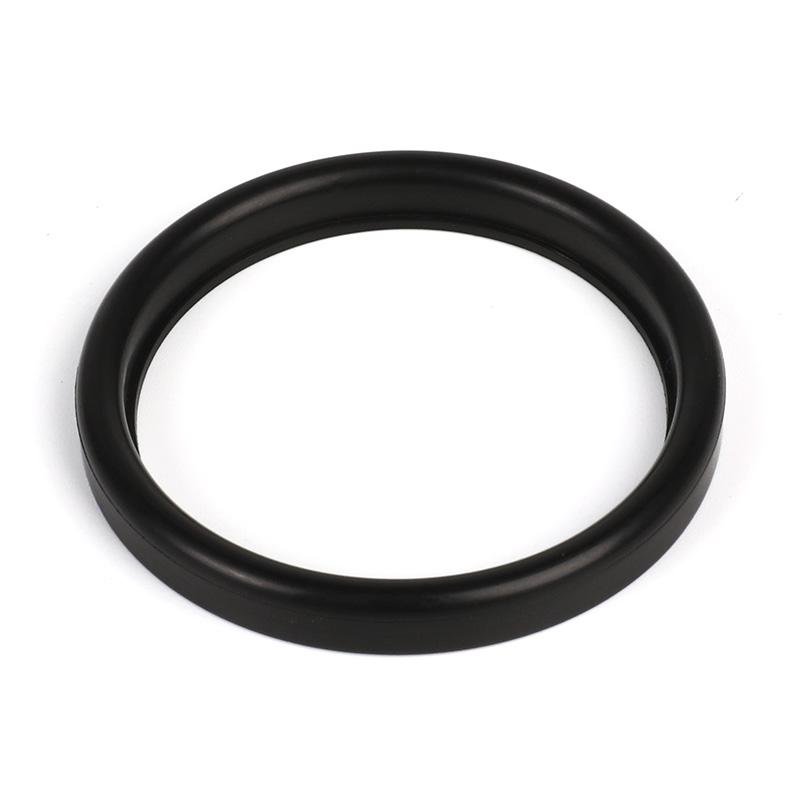The Power of Bend & Bounce: How Elasticity Makes O-Rings Seal

At the very heart of every successful O-Ring lies two fundamental, intertwined properties: Elasticity and Resilience. These aren't just technical terms; they are the core physical magic that transforms a simple loop of rubber into a dynamic, reliable seal. Elasticity allows the O-Ring to deform under pressure, while Resilience gives it the power to bounce back. This dynamic duo is what makes O-Rings uniquely effective sealing solutions across countless demanding applications.
When an O-Ring is installed into its groove (gland), it’s intentionally compressed. This elasticity enables it to flow and conform, filling microscopic imperfections, scratches, or tiny variations on the mating sealing surfaces. Unlike a rigid gasket that requires perfectly smooth, flat finishes, the elastic O-Ring compensates for these inevitable surface irregularities. It essentially "molds itself" in place, creating a continuous, intimate contact barrier against leaks. This initial conformity is crucial for establishing the primary seal.
But sealing isn't static. Systems vibrate, components experience thermal expansion and contraction, and pressures fluctuate. This is where Resilience becomes vital. Resilience is the O-Ring's ability to recover its original shape after deformation. When a vibration momentarily distorts the seal or a temperature change slightly alters the groove dimensions, a highly resilient O-Ring quickly springs back, maintaining constant sealing force. This "memory" compensates for minor movements and dimensional tolerances that would cause a less resilient material to lose contact and leak. Good resilience combats compression set (permanent deformation), extending the O-Ring's service life.
The effectiveness of this elasticity and resilience depends heavily on the chosen elastomer material. Materials like Silicone (VMQ) often exhibit excellent low-temperature elasticity and high resilience over a broad range. Fluorocarbon (FKM) offers superb resilience at high temperatures but can be stiffer (less elastic) at room temperature. Nitrile (NBR) provides a good balance for many applications. Selecting the right material ensures the O-Ring possesses the optimal combination of elasticity for initial conformity and resilience for long-term recovery under the specific operating conditions.
In essence, without Elasticity, an O-Ring couldn't conform to create the initial seal. Without Resilience, it couldn't adapt to changing conditions and would quickly fail. It’s this powerful combination of bending under pressure and bouncing back into shape that makes O-Rings the remarkably adaptable and enduring sealing solution they are. Their ability to flex and recover is truly the foundation of their sealing superpower.
- Art
- Causes
- Crafts
- Dance
- Drinks
- Film
- Fitness
- Food
- Jocuri
- Gardening
- Health
- Home
- Literature
- Music
- Networking
- Alte
- Party
- Religion
- Shopping
- Sports
- Theater
- Wellness


